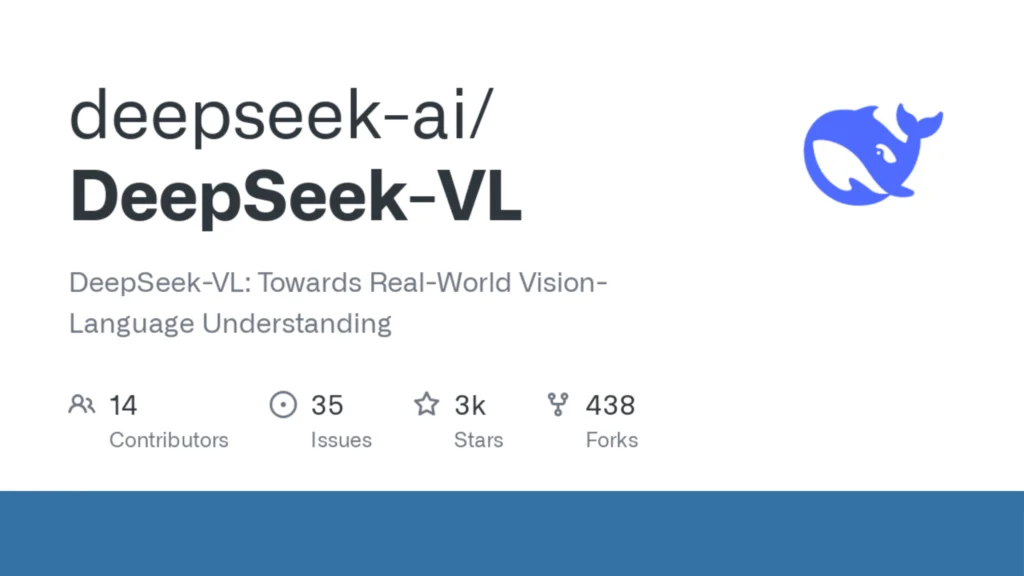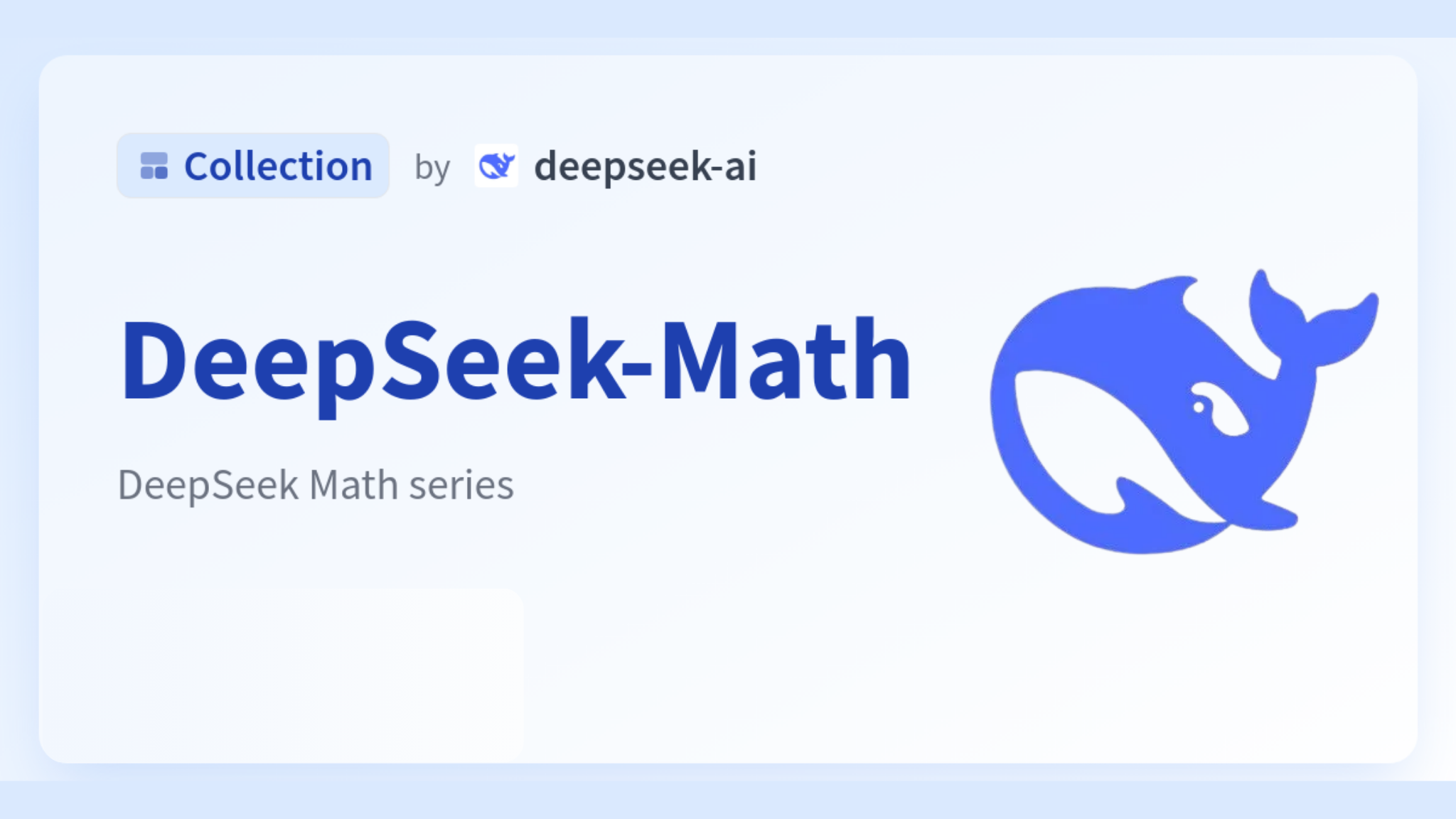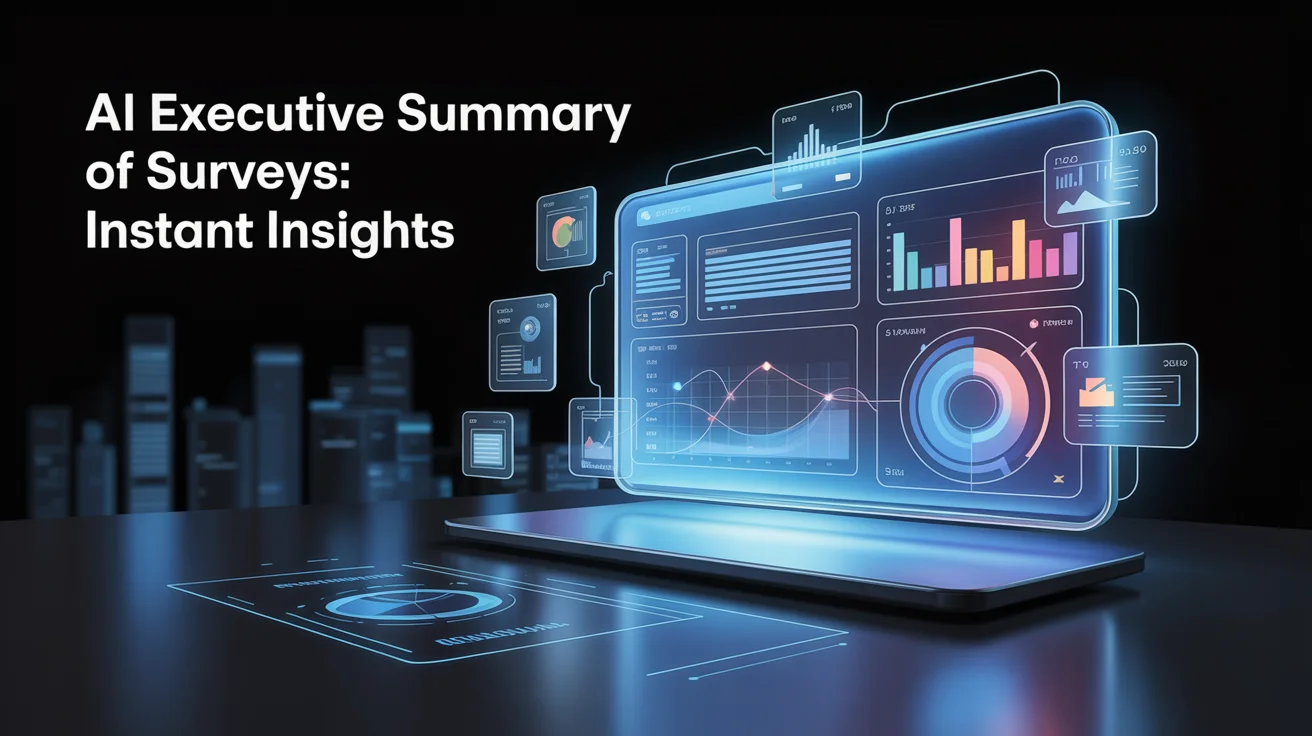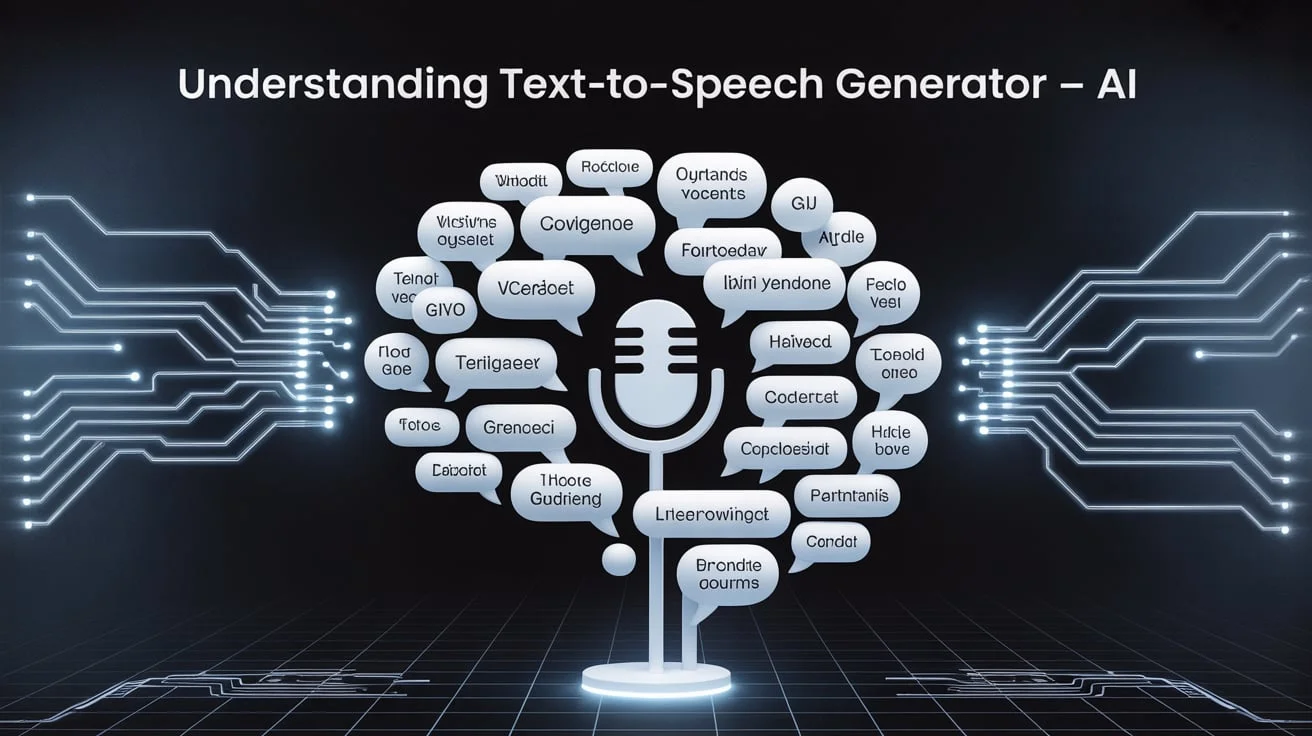DeepSeek VL breaks new ground in vision-language understanding. The model processes high-resolution images of 1024×1024 pixels and maintains remarkable efficiency in computation. Two variants of this advanced model are available – 1.3 billion and 7 billion parameters, which show leading performance in different visual-language measurements.
The model stands out in real-life applications. It handles web screenshots, PDFs, OCR, charts, and knowledge-based content effectively. Its hybrid vision encoder system captures both semantic and detailed information seamlessly. The complete training dataset has diverse sources from Common Crawl, Web Code, and educational materials.
This piece will take a closer look at DeepSeek VL’s architecture and training methodology. You’ll learn how to implement it effectively for vision-language applications. We’ll also look at its performance measurements and provide practical guidelines that help you integrate it into real projects.
Understanding DeepSeek VL Architecture

DeepSeek VL’s architecture brings together three key components that work together to process and understand visual and textual information.
Hybrid Vision Encoder System
The model features a smart dual-encoder setup that combines SigLIP and SAM-B vision encoders. The SigLIP encoder starts by processing 384×384 pixel low-resolution images to extract semantic features. The SAM-B encoder takes care of 1024×1024 pixel high-resolution inputs. This setup fixes the problems that regular CLIP-family encoders don’t deal very well with, such as unclear encoding and low-resolution limits.
Vision-Language Adaptor Components
A sophisticated two-layer hybrid MLP system serves as the vision-language adaptor to connect visual and language processing. Single-layer MLPs process high and low-resolution features separately at first. On top of that, it combines these features along their dimensions before an MLP layer transforms them into the language model’s input space.
DeepSeek VL: Integration with Language Models
DeepSeek LLM architecture’s advanced features are the foundations of DeepSeek VL. The system uses a Pre-Norm structure with RMSNorm function and SwiGLU as the activation function for the Feed-Forward Network. The model processes about 2T text tokens during training. It then trains on 400B vision-language tokens to reach peak performance.
The processing pipeline kicks off when the SAM-B encoder creates a 64x64x256 feature map from high-resolution inputs. This map gets interpolated to 96x96x256 and goes through two convolutional layers. The process ends up creating 576 visual tokens with 2048 dimensions. These tokens pass through GeLU activation before connecting to the language model.
Data Construction and Training Pipeline with DeepSeek VL
DeepSeek VL’s training pipeline includes a detailed data construction strategy and follows a three-stage training process.
Vision-Language Pretraining Approach
We focused on building fundamental cross-modal understanding capabilities during the pretraining phase. The dataset combines vision-language data with text-only corpus in a 70:30 ratio. The vision-language component makes use of information from various sources like MMC4, Wiki, and Wikihow for interleaved image-text data, among specialized datasets for table understanding and chart interpretation. The model processes approximately 2T text tokens and 400B vision-language tokens.
Supervised Fine-tuning Process
The fine-tuning process uses several high-quality datasets:
- ShareGPT4V, LAION-GPTV, and LLaVA1.6-GPT4V for general vision-language tasks
- Specialized datasets for table interpretation and chart analysis
- Screen-to-code datasets for UI understanding
The vision-language adaptor starts with a warmup using 1.25 million image-text paired captions and 2.5 million Document OCR rendering pairs. The model maintains its language proficiency through joint training, which optimizes both vision encoder and language model parameters.
Training Infrastructure Requirements
The training infrastructure employs HAI-LLM, a lightweight and quick distributed training framework. A high-end consumer GPU like RTX 4090 is enough for smaller models (7B parameters). Larger variants (67B+ parameters) just need multiple enterprise-grade GPUs such as A100 or H100. The pipeline parallel strategy helps with the vision encoder’s unique computational characteristics compared to traditional LLM blocks.
DeepSeek VL Performance Benchmarks and Capabilities
Tests show DeepSeek VL’s outstanding performance in several areas of vision-language processing.
Multimodal Understanding Metrics
DeepSeek VL shows impressive results in multimodal comprehension tasks. The model works with high-resolution images at 1024×1024 pixels and captures detailed semantic information. The model’s chain-of-thought reasoning splits complex tasks into manageable steps. This allows it to revise and backtrack like humans do. The model keeps a vital balance between language and multimodal abilities through a 7:3 ratio of language to multimodal data during training.
Comparison with Existing Solutions
DeepSeek VL ranks among the top industry leaders in performance metrics. Here’s how the model performs against key competitors:
- Better results than GPT-4o and Llama 3.3-70B in standard evaluations
- Equal performance to Claude 3.5 Sonnet
- Results that match DALL-E and Stable Diffusion 3 Medium
Ground Application Analysis
DeepSeek VL excels in a variety of real scenarios. The model shows superior results when processing:
- Logical diagrams and web pages
- Formula recognition and scientific literature
- Natural images and embodied intelligence
The commercial version supports many practical uses and focuses on document understanding and visual question-answering tasks. The model recognizes tiny objects and handles complex OCR scenarios effectively. It delivers consistent results in both language-focused and visual-language tasks, which proves its adaptability in real implementations.
Implementation Guide for DeepSeek VL
You need to pay close attention to system requirements and setup procedures when implementing DeepSeek VL.
Setup and Installation Steps
Your system needs Python 3.8 or higher. The optimal performance requires at least 80GB of GPU memory. Start the installation by running:
pip install -e .
Next, get the additional dependencies for the gradio interface:
pip install -e .[gradio]
API Integration Guidelines
DeepSeek’s API works with OpenAI’s format. Set up the base URL to integrate the API:
base_url = “https://api.deepseek.com”
You must include an API key in the request headers for authentication. Set the stream parameter to true in your API calls if you want streaming responses. The system works with various programming languages:
from openai import OpenAI
client = OpenAI(
api_key=”<DeepSeek API Key>”,
base_url=”https://api.deepseek.com”
)
DeepSeek VL: Best Practices and Optimization Tips
Here’s how you can improve performance in production environments:
- Use vllm for faster response times
- Employ sglang to process more efficiently
- Use lmdeploy to manage costs better
A high-end consumer GPU like RTX 4090 is enough for smaller models (7B parameters). Larger models (67B+ parameters) need multiple enterprise-grade GPUs such as A100 or H100. Pick your infrastructure based on your specific use case and model size.
Make sure to use proper caching to cut down on repeated API calls. Keep track of your API usage to stay within rate limits. Store your API keys in environment variables instead of putting them directly in your application code.
Conclusion
DeepSeek VL marks a major step forward in how machines understand images and text. The model provides ground applications through its hybrid vision encoder system. It processes high-resolution images quickly and runs smoothly in both 1.3B and 7B parameter versions.
The model uses SigLIP and SAM-B encoders in its architecture to handle different types of visual content – from web screenshots to charts. Training on 2T text tokens and 400B vision-language tokens helps it match or outperform leading models like GPT-4V and Claude 3.5 Sonnet in many standards.
DeepSeek VL shines in ground applications. It shows great skill at understanding documents, answering visual questions, and handling OCR tasks. Developers and organizations will find its API easy to integrate. The model works well in different computing setups, making it a strong choice for vision-language needs.
This powerful tool helps build advanced vision-language applications with both technical strength and ease of use. Its open-source nature and streamlined architecture make it valuable for advancing multimodal AI understanding




